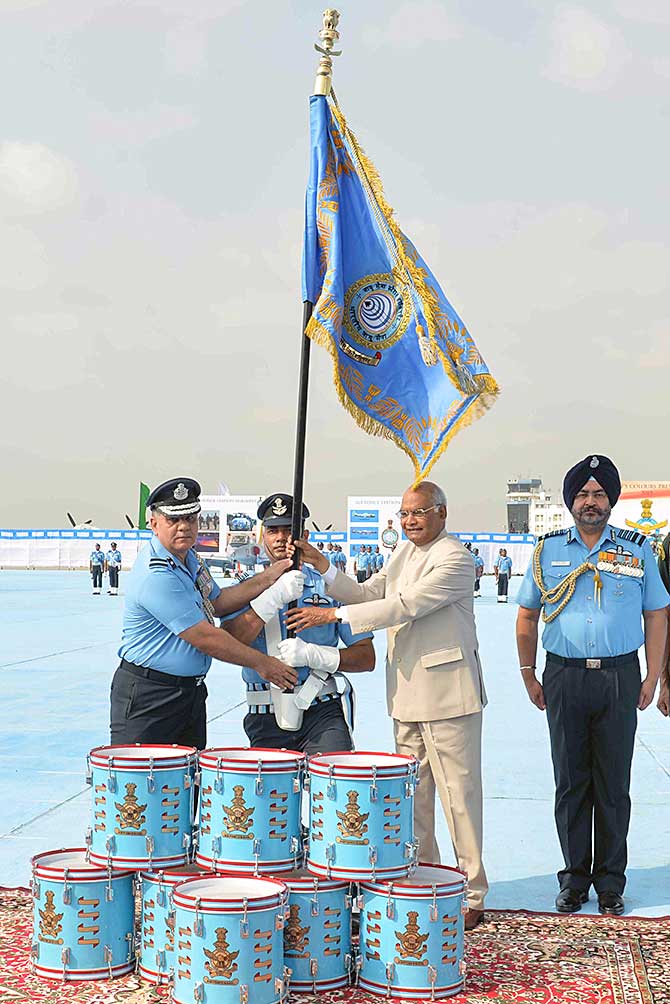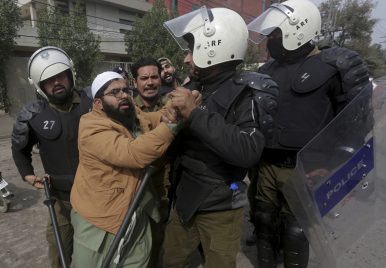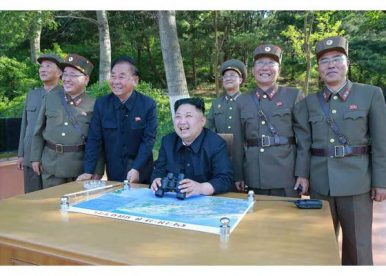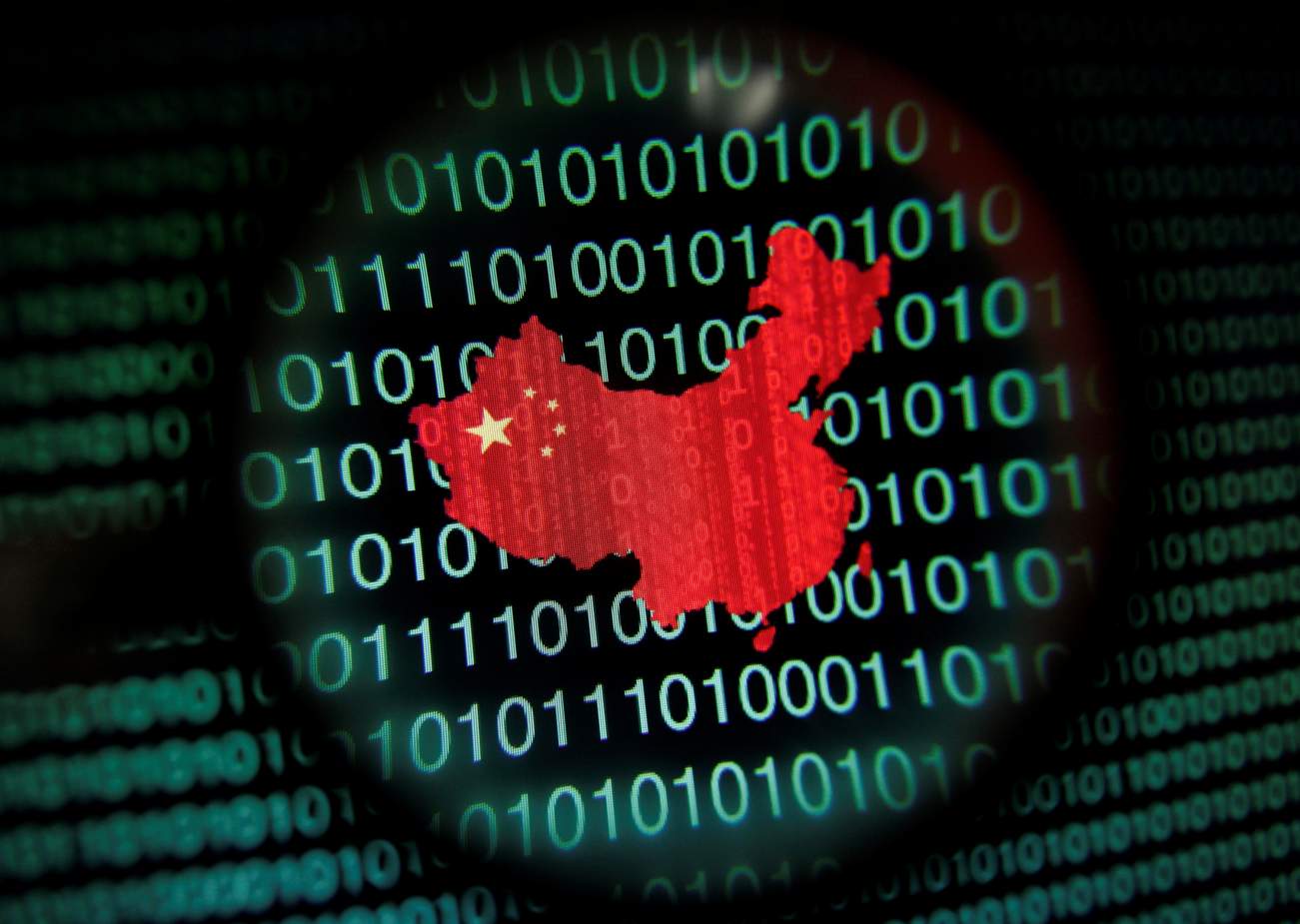By Lara Seligman
 The dilapidated state of the Indian Air Force was thrown into sharp relief last week when Pakistan shot down an Indian pilot flying a Russian-made MiG-21 Bison, a fighter jet first flown in 1956.
The dilapidated state of the Indian Air Force was thrown into sharp relief last week when Pakistan shot down an Indian pilot flying a Russian-made MiG-21 Bison, a fighter jet first flown in 1956.
The pilot ejected safely into Pakistani territory and was captured by the Pakistan Army. Islamabad released the airman a couple days later in an effort to de-escalate a crisis that began when a Pakistan-based militant group killed more than 40 Indian security officers in a Feb. 14 suicide bombing in India-controlled Kashmir.
The loss of the jet shines a light on India’s aging military and may lend new urgency to New Delhi’s long-delayed fighter replacement program, analysts said. The renewed focus would be a boon for the U.S. aerospace giants Boeing and Lockheed Martin, which are eyeing the lucrative contract for more than 100 airplanes. In addition to the immediate cash value for whichever company wins the work, India’s fighter replacement also offers Boeing and Lockheed the opportunity to extend the production of legacy systems that are reaching the end of their service lives.




/arc-anglerfish-arc2-prod-mco.s3.amazonaws.com/public/JTOCSQKJVZAG3K2UNSB6AKHXLQ.JPG)
















/arc-anglerfish-arc2-prod-mco.s3.amazonaws.com/public/VLT72JZLOVDGFMLLYTS6QB24GI.jpg)